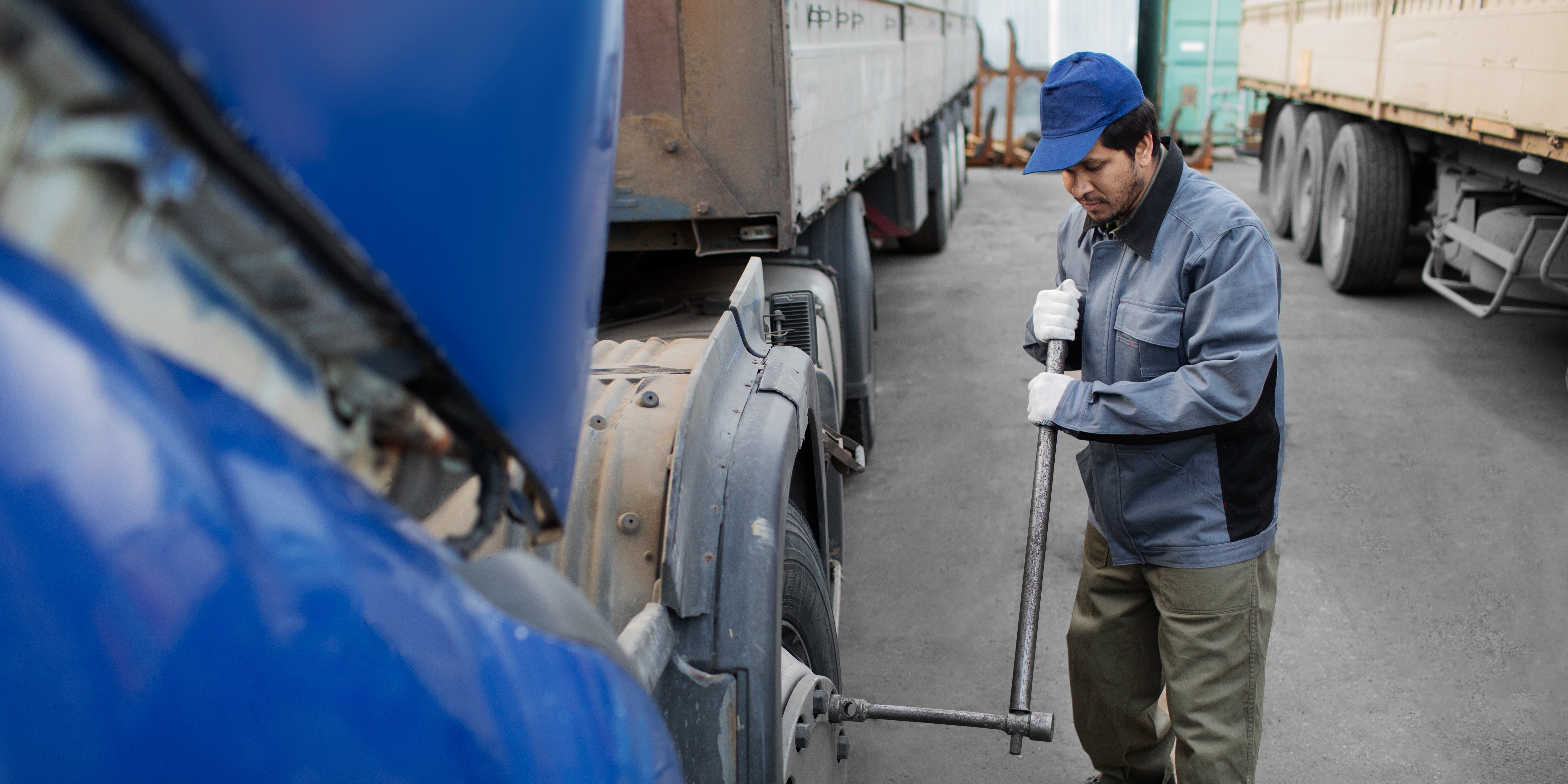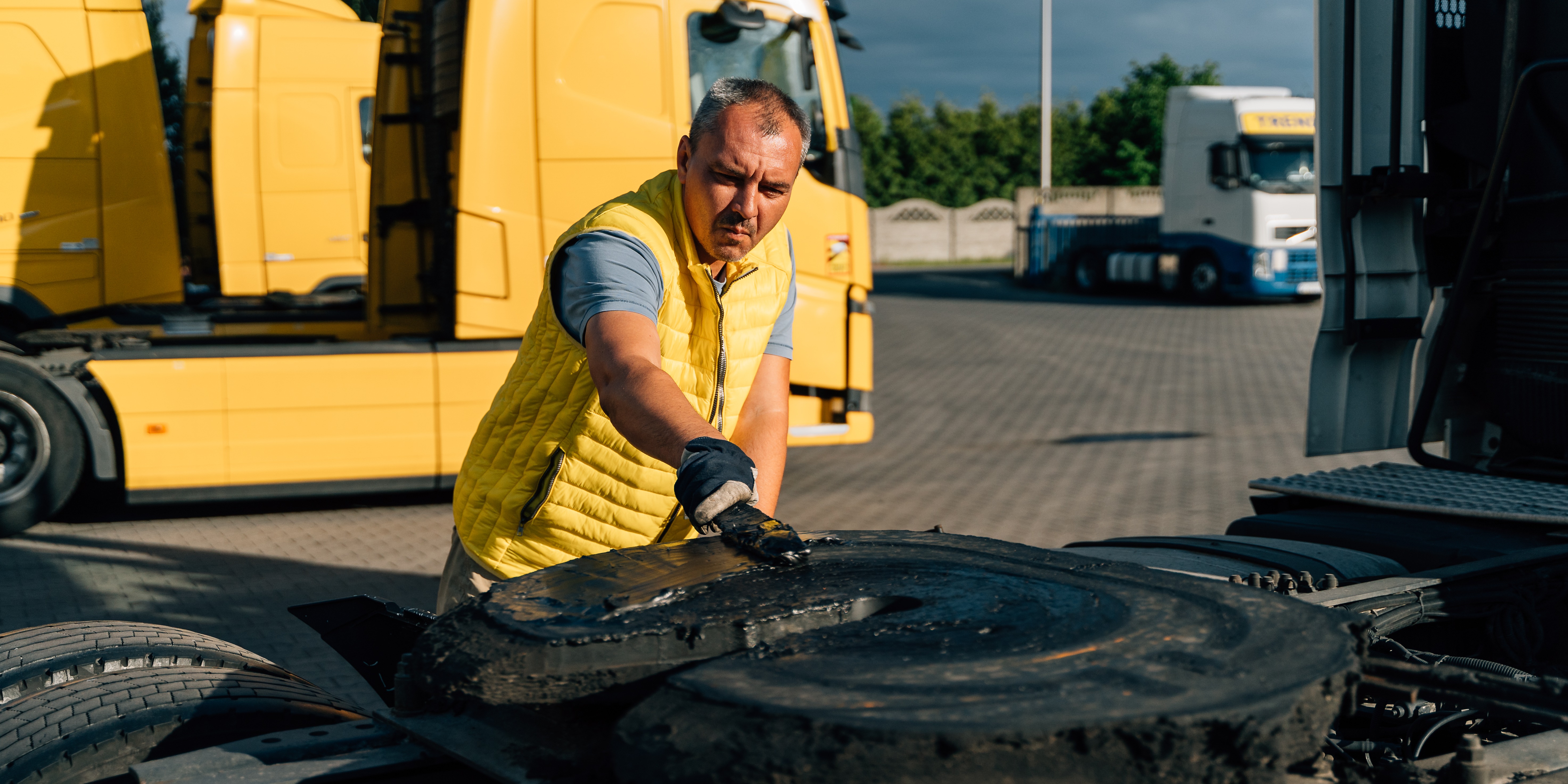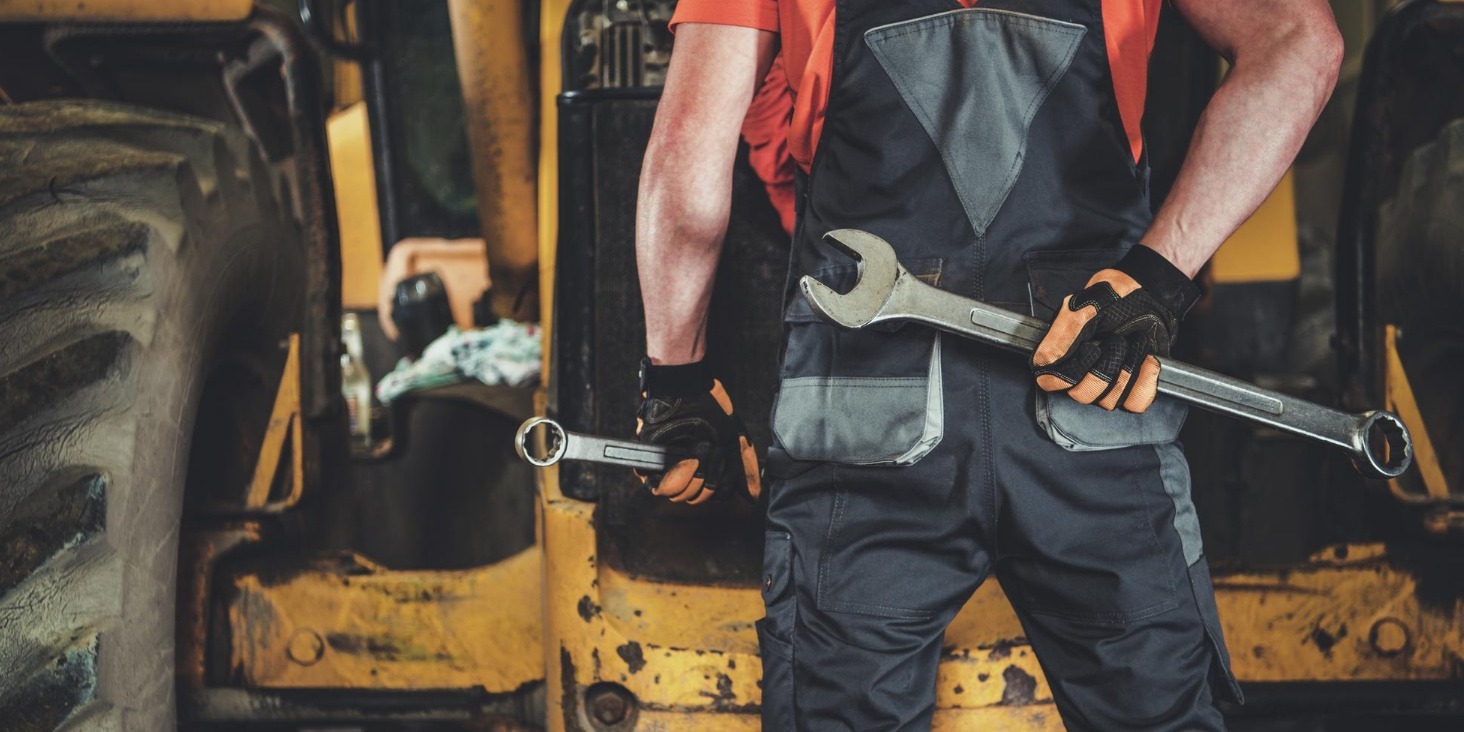
Insurance and Liability Considerations for Heavy-Duty Shops
Running a heavy-duty repair shop isn’t for the faint of heart. From 80,000-lb rigs balanced on lifts to forklifts weaving through bays, every workday involves risks. A single accident - a customer slip, a tech injury, or a truck damaged under your care - can put your business in jeopardy.
That’s why protecting your shop requires two things: the right insurance coverage and a strong safety culture. Insurance transfers financial risk when things go wrong, while safety practices prevent claims and keep premiums manageable. Together, they form the backbone of a resilient, profitable operation.
Essential Insurance Coverages for Heavy-Duty Repair Shops
1. General & Garage Liability Insurance
- General liability protects against third-party claims like slip-and-fall accidents in your waiting room.
- Garage liability is tailored for repair shops, covering accidents during test drives or repair mishaps. For instance, if a customer slips in your bay or a technician damages property during a road test, garage liability pays medical bills and legal fees.
2. Garage Keepers (Bailee’s) Insurance
This coverage is essential in heavy-duty shops where customer vehicles can be worth hundreds of thousands. It covers customer trucks, trailers, or equipment while in your custody. Examples include:
- A fire in your lot that damages customer tractors.
- Vandalism, theft, or storm damage while vehicles are stored.
- A fender damaged during a routine service.
Without bailee’s coverage, those costs come out of your pocket.
3. Workers’ Compensation Insurance
Required in nearly every state, workers’ comp covers medical expenses and lost wages if employees are injured on the job. For example:
- A tech sprains a back lifting a transmission.
- A yard worker suffers a forklift accident.
Workers’ comp shields both your team and your shop from lawsuits.
4. Commercial Auto Insurance
If you operate service trucks, parts haulers, or tow vehicles, you need commercial auto coverage. It protects against accidents involving company-owned vehicles on public roads.
5. Property & Equipment Insurance
Heavy-duty shops rely on expensive infrastructure: lifts, cranes, scanners, parts inventory, and facilities. Property and equipment insurance covers losses from fire, theft, vandalism, or storm damage. Equipment breakdown coverage adds protection for sudden failures (like a collapsed lift or blown hydraulic press).
6. Business Interruption Insurance
A fire or flood can halt operations for weeks. Business interruption insurance covers lost income and expenses while you recover, keeping payroll flowing and bills paid until you’re back in business.
7. Optional Coverages
- Umbrella liability adds extra protection for catastrophic lawsuits.
- Inland marine insurance covers tools and parts transported off-site or across your yard.
- Professional liability/E&O protects against costly mistakes in diagnostics or compliance reporting.
Together, these policies provide a safety net against the biggest threats facing shop owners.
How Safety Practices Lower Risk and Insurance Costs
Insurance is essential, but prevention is better. Strong safety practices dramatically reduce accidents, OSHA fines, and claims - directly lowering premiums.
- The Numbers Don’t Lie: OSHA estimates every $1 invested in safety saves $4–$6 in direct costs. Shops with fewer lost-time claims earn lower Experience Modifier Rates (EMR), which insurers use to set premiums.
- Real-World Example: A fleet service chain cut its injury rate in half by enforcing PPE and housekeeping rules - slashing medical bills and lowering comp claims.
Key Safety Practices for Heavy-Duty Shops
- Daily lift and forklift inspections (OSHA requires them). Skipping checks can trigger fines of $15,000+ per violation.
- Lockout/Tagout procedures for electrical, hydraulic, and pneumatic systems.
- Mandatory PPE: gloves, eyewear, steel-toe boots, and respirators where needed.
- Rigorous DVIR logging to catch defects before trucks hit the road.
- Housekeeping: tidy floors and organized tools reduce slips and crush hazards.
Accidents aren’t just injuries - they’re profit leaks. A single serious injury can cost ~$50,000 in medical expenses and lost productivity. A lift failure can mean $760 per bay, per day in downtime. Preventing these events protects both lives and your bottom line.
The Role of Digital Tools in Risk Reduction
Today’s leading shops are combining insurance coverage and safety culture with digital management tools to create a safer, more efficient business.
Automated Compliance and Safety Tracking
Shop management software like ShopView simplifies compliance with OSHA and DOT requirements:
- Digital checklists for daily lift inspections and OSHA safety tasks.
- Timestamped, cloud-stored DVIRs for audit-proof record-keeping.
- Alerts for overdue inspections or missing safety sign-offs.
When OSHA or insurers come calling, you have clean, organized proof at your fingertips - not messy binders.
Telematics and Predictive Maintenance
Integrated telematics (e.g., Samsara, Geotab, Motive) push fault codes directly into ShopView, automatically generating repair orders and pre-staging parts. This prevents minor issues (like low tire pressure) from becoming costly breakdowns or liability claims.
Real ROI from Going Digital
- Shops lose $35K per bay per year to inefficiencies when relying on paper.
- Digitally managed shops recover 1.5 billable hours per tech per day - adding ~$110K annually per shop.
- Telematics-integrated workflows lead to 70% fewer breakdowns and 20–30% revenue gains in 90 days.
A safer shop with fewer claims, lower premiums, and higher throughput isn’t just possible - it’s proven.
Conclusion: Cover Your Tail, Protect Your Profit
Insurance covers the “what if.” Safety practices prevent the “what now.” And modern shop software ensures both work seamlessly together.
For heavy-duty shop owners, the formula is clear:
- Secure the right insurance policies to protect against liability.
- Build a safety-first culture that keeps your people and equipment safe.
- Adopt digital shop management tools like ShopView to automate compliance, reduce downtime, and maximize ROI.
👉 Ready to strengthen your safety, compliance, and profitability? Book a free demo of ShopView and see how connected, digital workflows help your shop avoid risks, lower costs, and boost profit per bay.
.png?width=1500&height=1500&name=11%20(1).png)








.png?width=1500&height=1500&name=1%20(1).png)

%20-%20Copy.png?width=1500&height=1500&name=2%20(1)%20-%20Copy.png)



